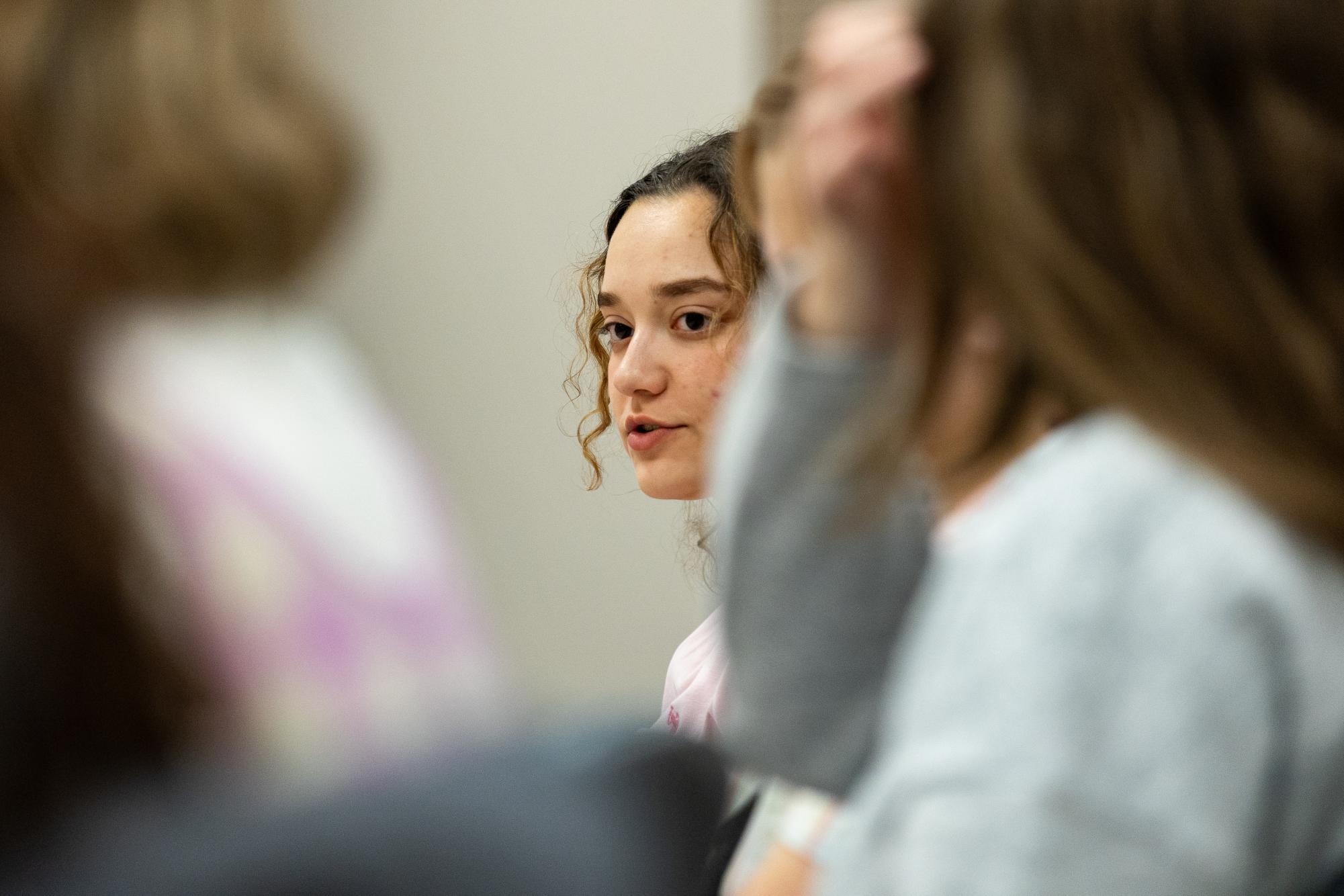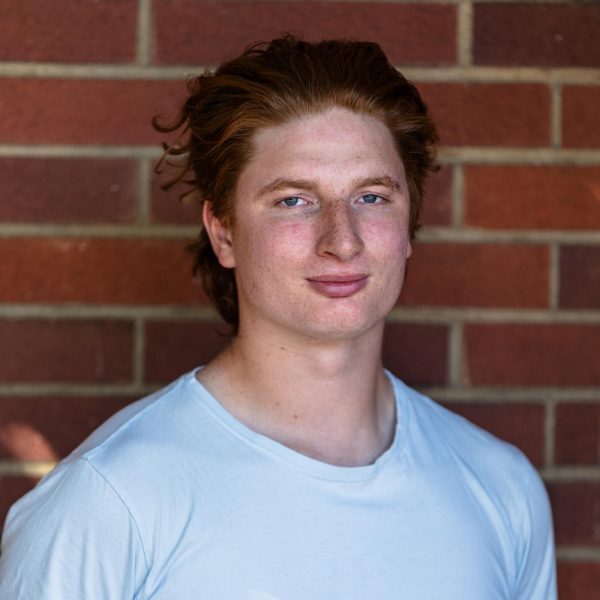
On Thursday, Sept. 28, Rayna Martin, Associated Students of Seattle Pacific president, presented to faculty senate on the goals and organization of ASSP. This is only the third time a representative of the student government has been invited to speak in the last twenty years.
Faculty senate, equivalent to a government body composed of faculty and staff, meets once a month to discuss university decisions and happenings. Martin’s presentation focused on the structure of ASSP, with the sole purpose of formally introducing the student government to its faculty counterpart. She hoped that in the future, it will become a standard for both groups to collaborate on shared objectives.
While students have been occasionally invited to Faculty Senate for recognition within their respective departments, it is rare for an ASSP president to be asked to give a presentation on behalf of the student body. Martin explained that Dr. Jeff Jordan, vice president of student life, told her this was an uncommon occurrence. The other two times ASSP presented were to gauge faculty support for changing the human sexuality statement and, years earlier, to represent the Students in Crisis Program.
Senior social justice and English double major Rae Perez spoke on the significance they feel of Martin being invited to speak in the reality of SPU’s administrative structure.
“Because we have the structure of student government and because the point of it is to be the voice for the student body, it’s important for the voice to be showing up in places that it historically hasn’t been showing up in,” Perez said.
Faculty chair and associate professor of mathematics John Hossler is making connection and communication with student government a main focus of his year in the position. Hossler started off his role by inviting Martin to the first senate meeting in hopes of strengthening partnership.
“I would like to try to be as transparent, communicative and collaborative as possible,” Hossler said. “That started with just a welcome, from [Rayna] in her role as student body president, to say, ‘Here’s who I am, here’s who we are, and I’m very excited to be here in front of you.’”
This meeting was momentous for a number of reasons. It changed the way that both governmental bodies operate with and alongside each other. University President Dr. Deanna Porterfield was also introduced to all of the faculty during the meeting, furthering the focus on synergy among administration.
“I think that faculty initiatives and student initiatives often overlap. So it is good for those two spaces to have communication, because it might be that there is an injustice that both of those bodies are recognizing and they could strengthen their approach to the subject by having the support of one another,” Martin said.
Hossler hopes that these efforts in communication and collaboration will foster a deeper sense of confidence, good-will and trust among faculty and students.
“It seems to me that across campus there is often a sense of mistrust, especially across groups; that grieves me,” Hossler said. “What can Rayna do in her role and what can I do in mine to build that back together?”

















































































